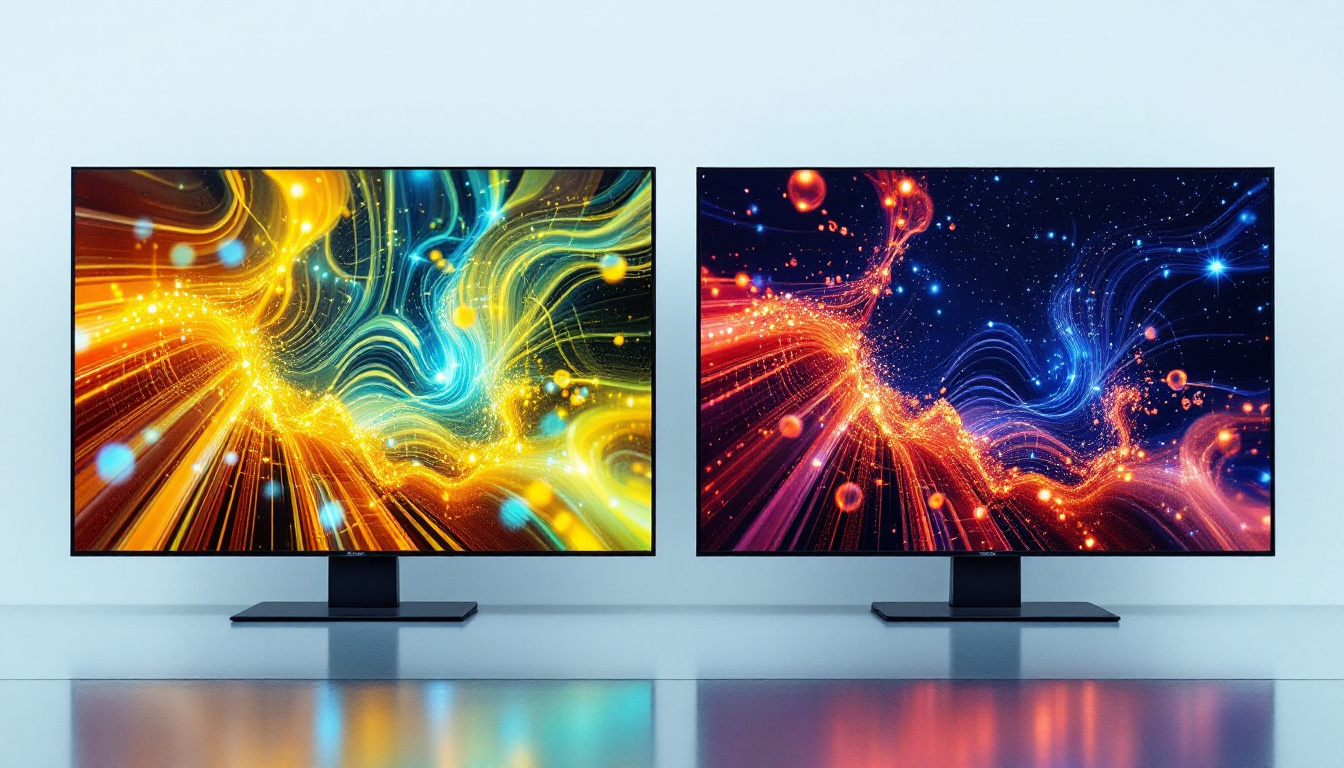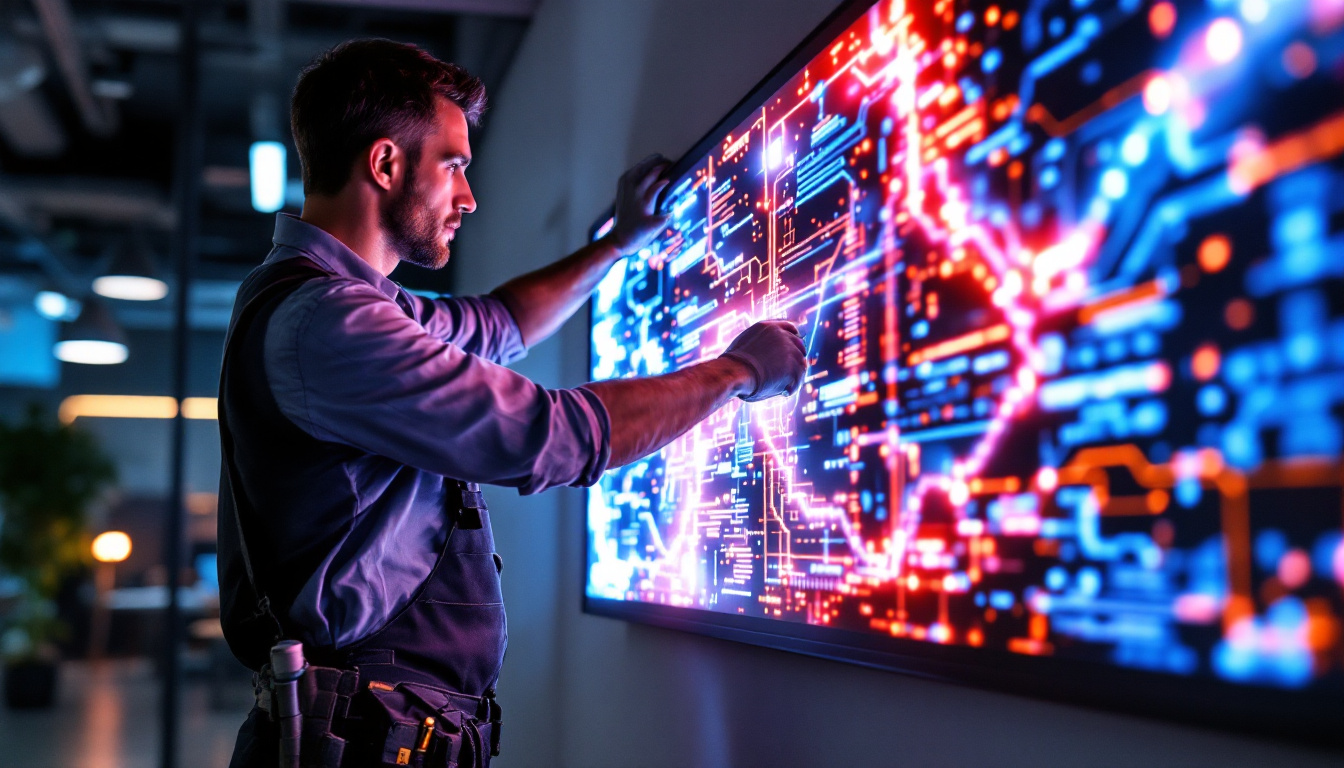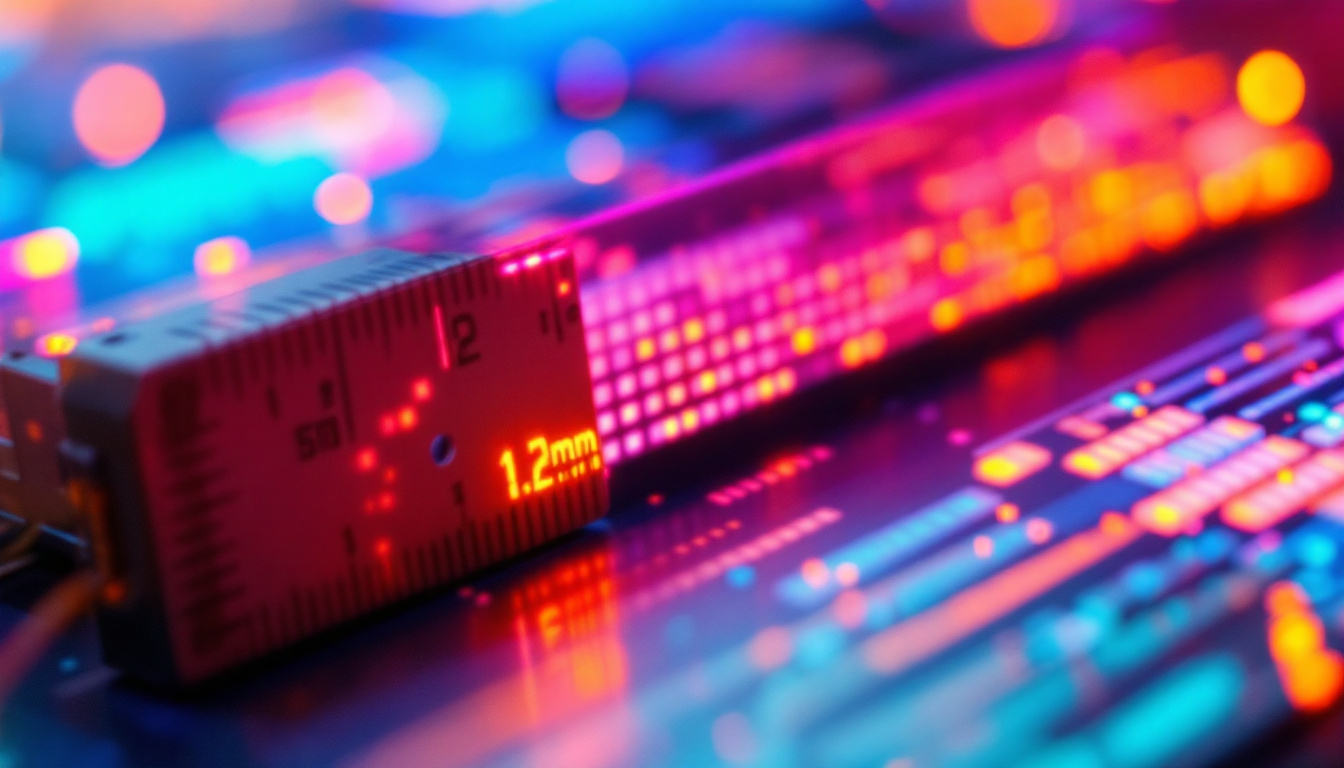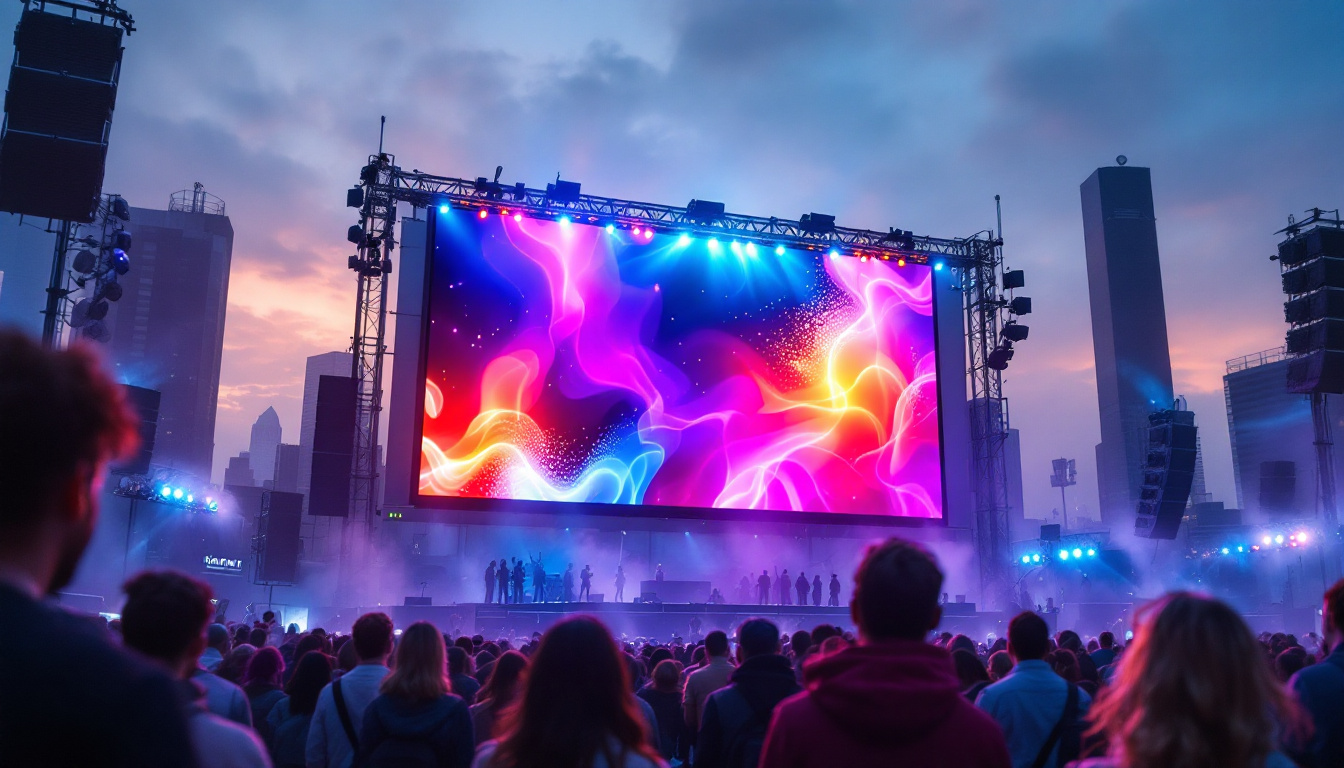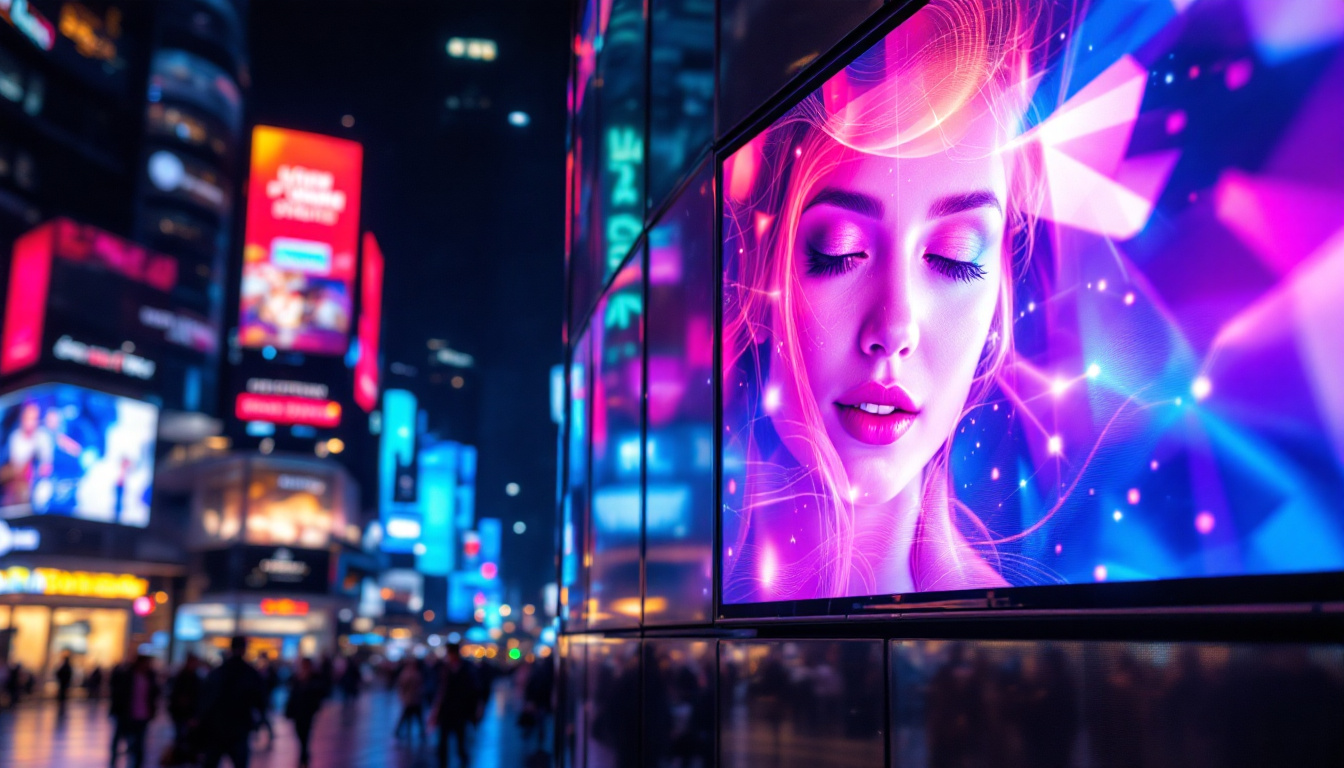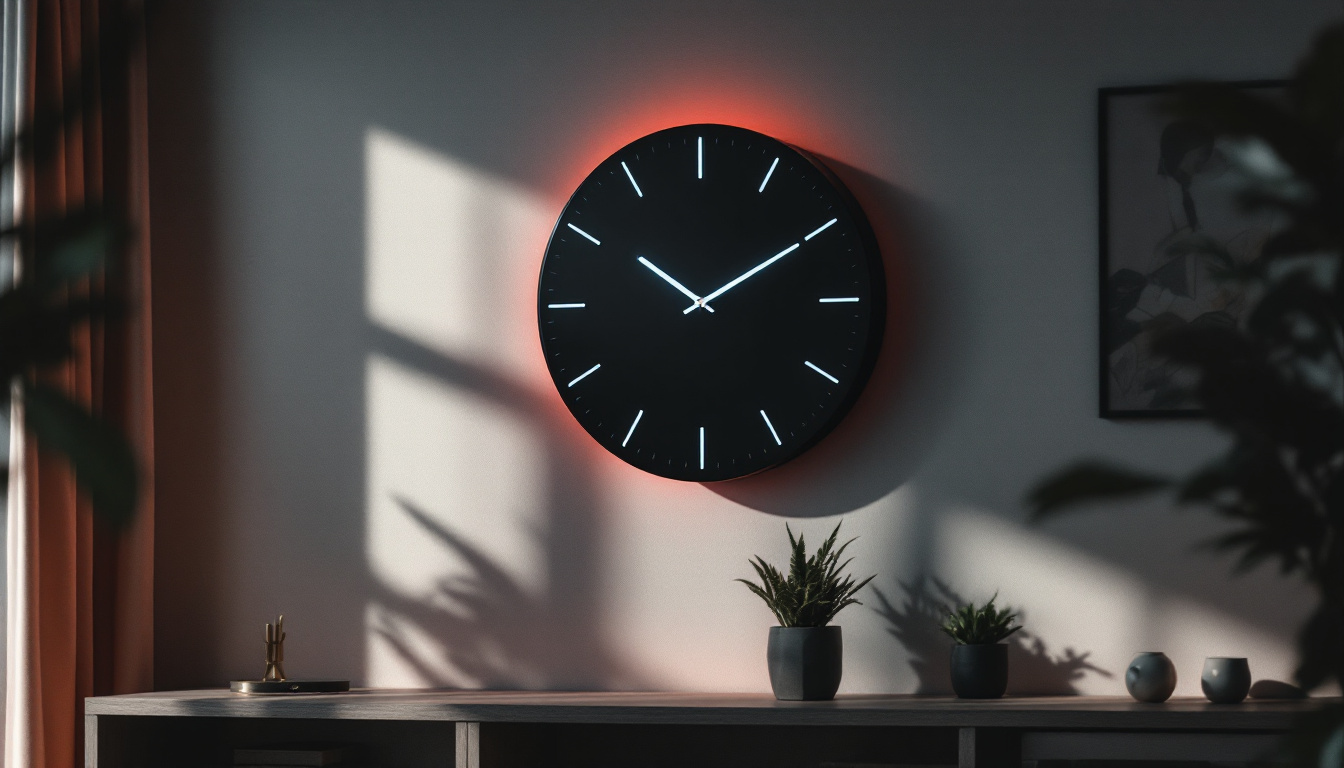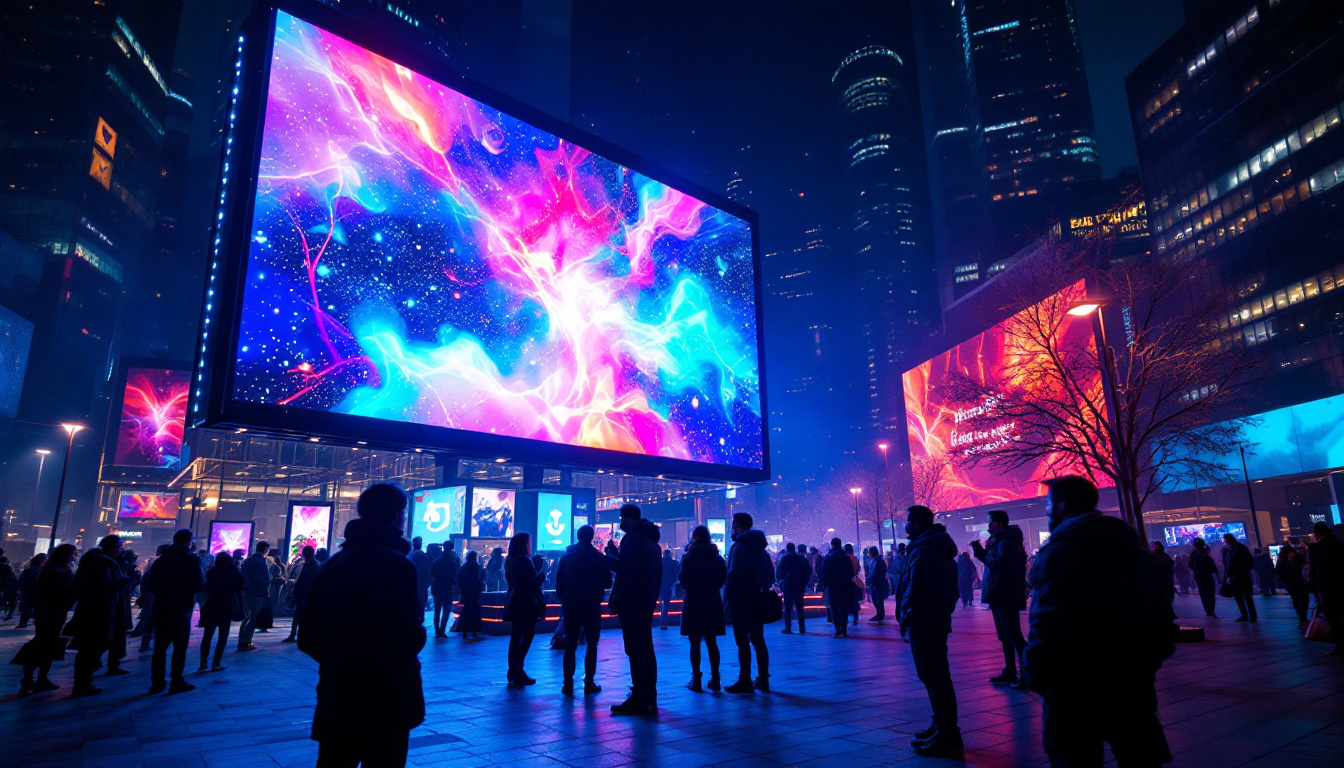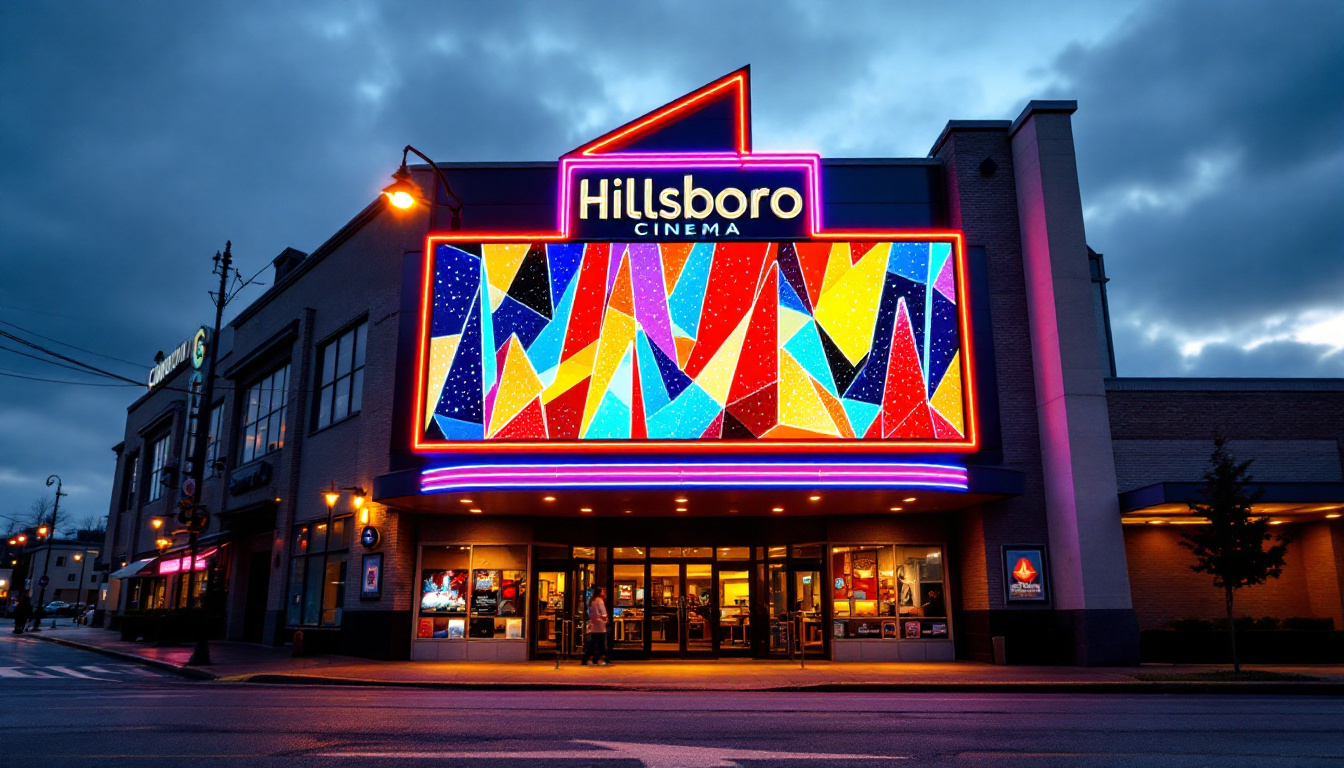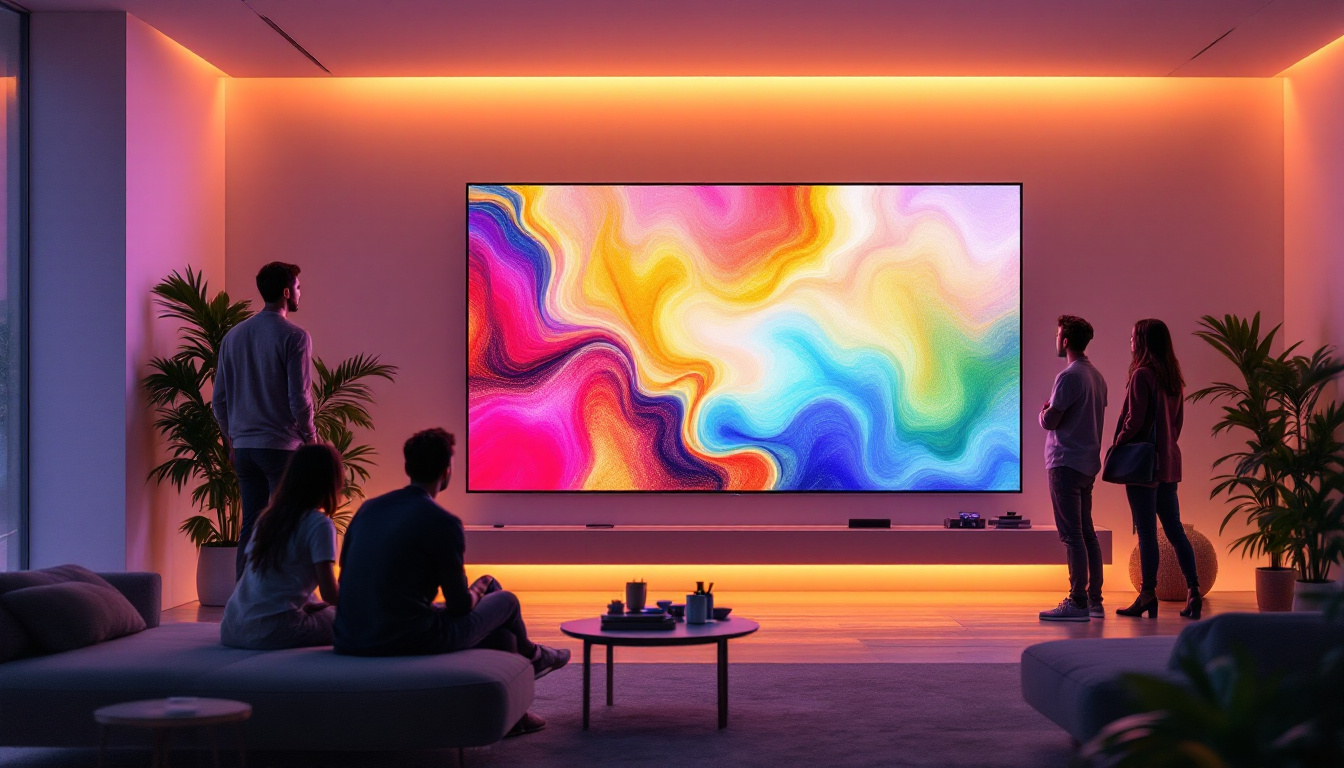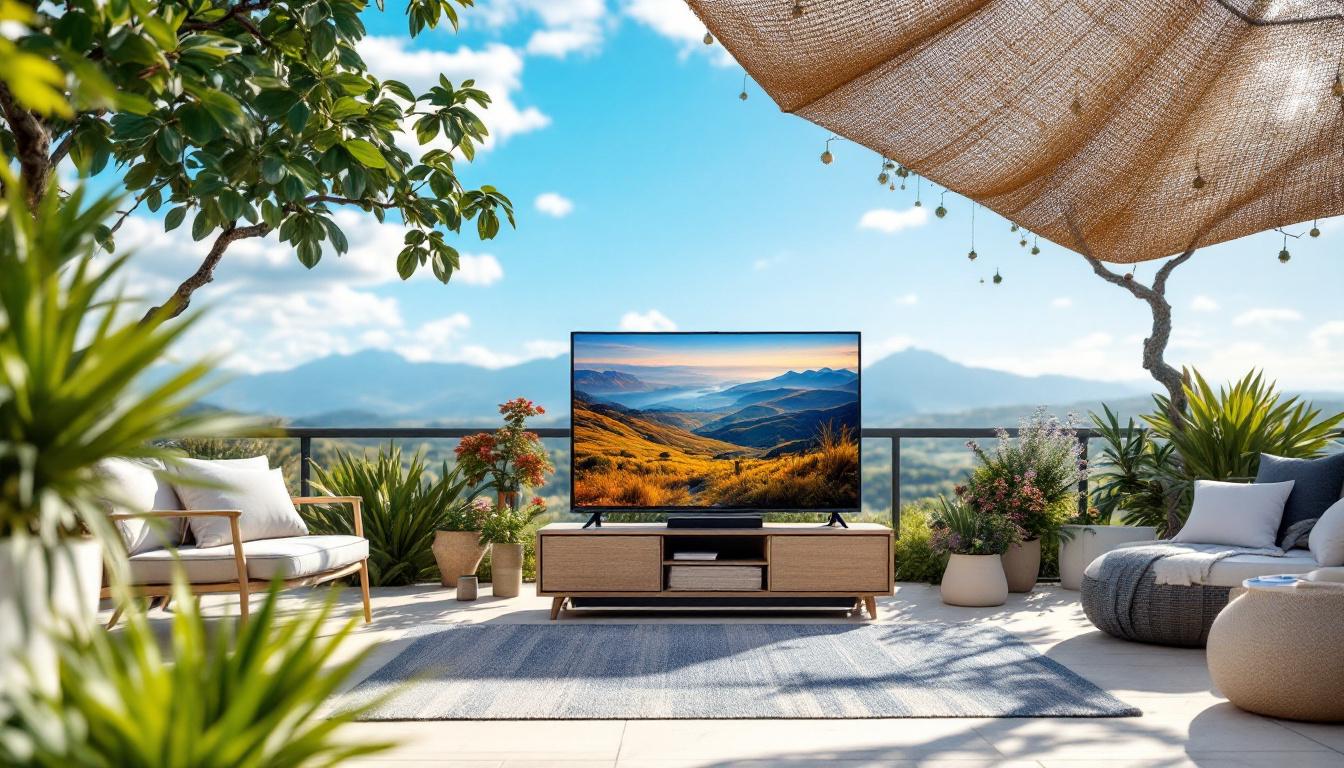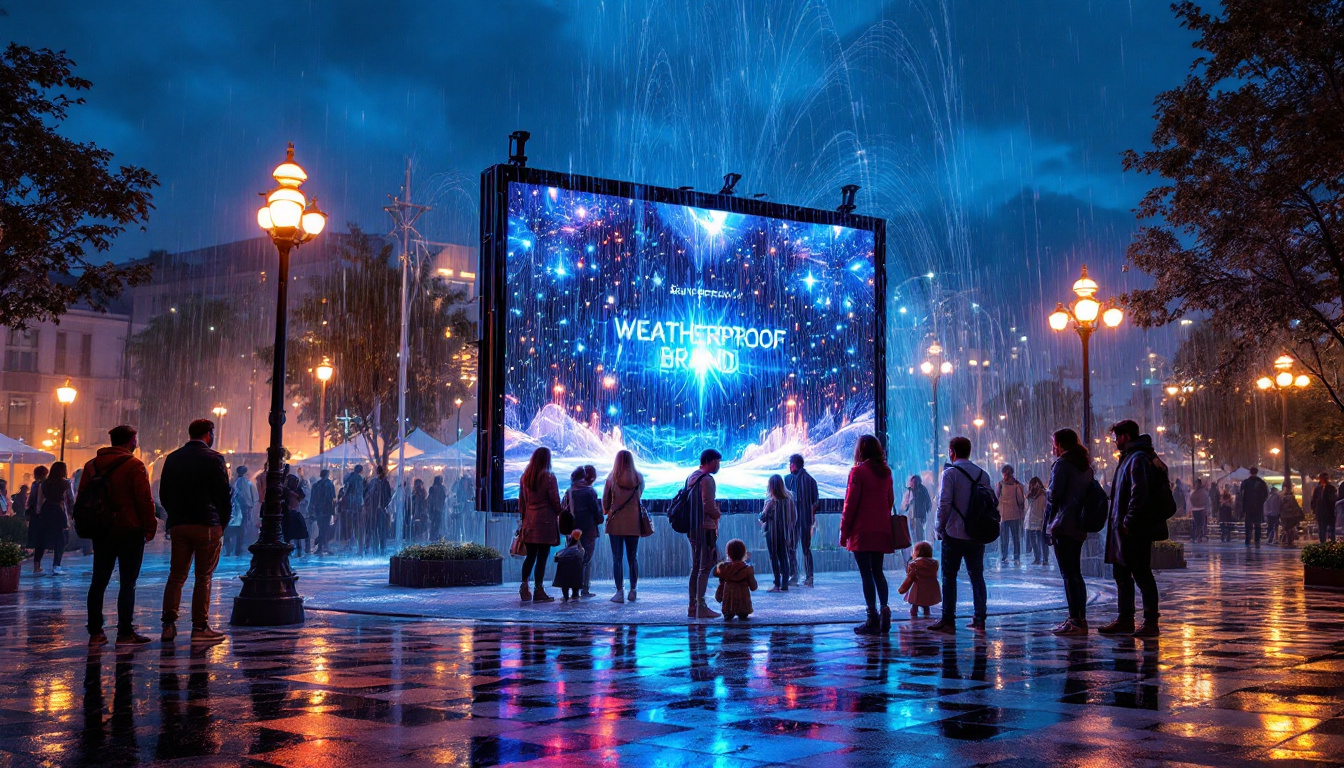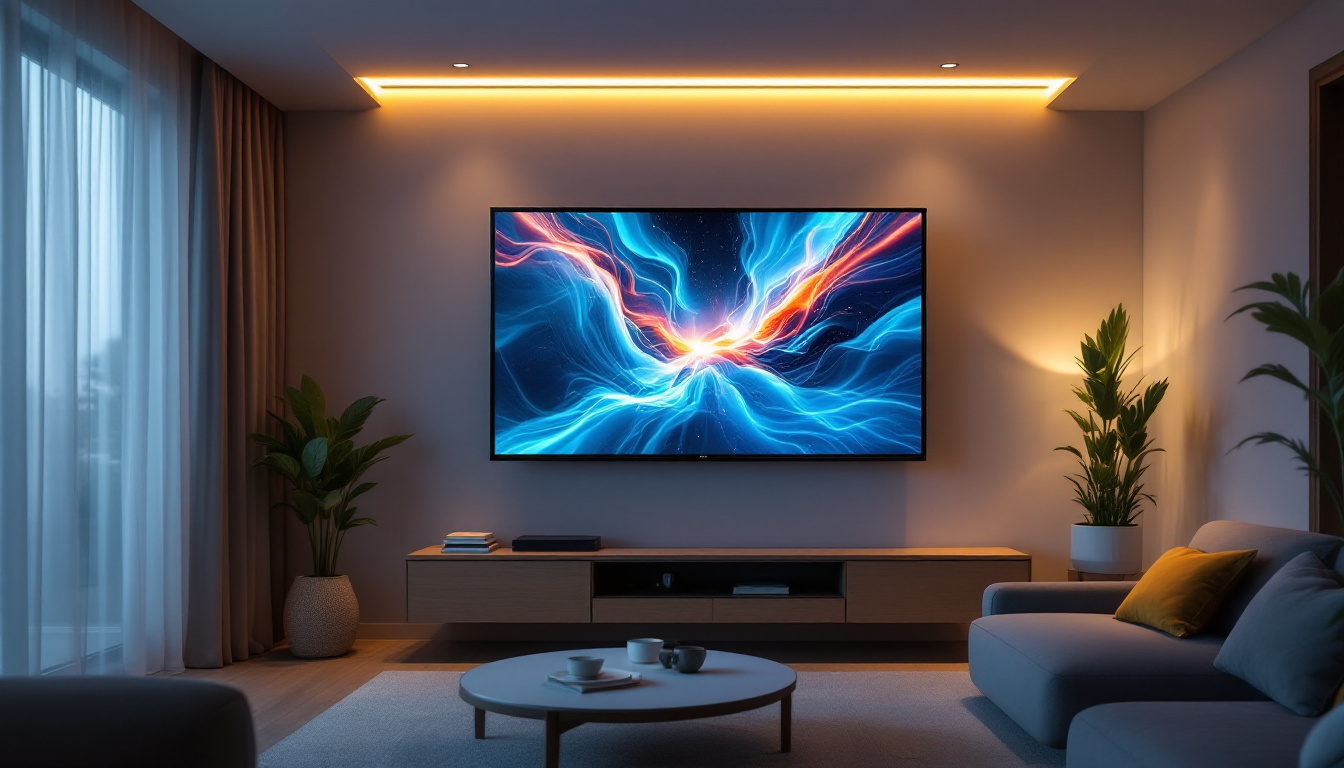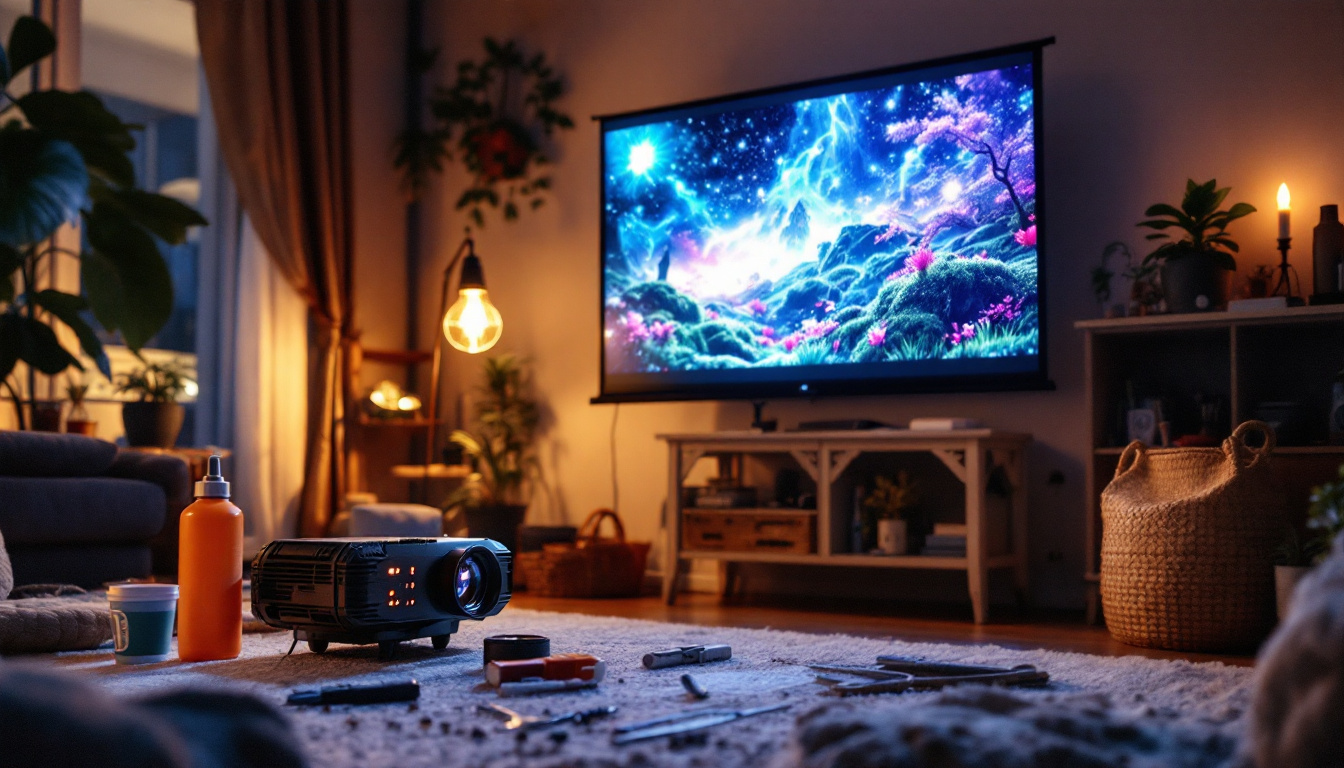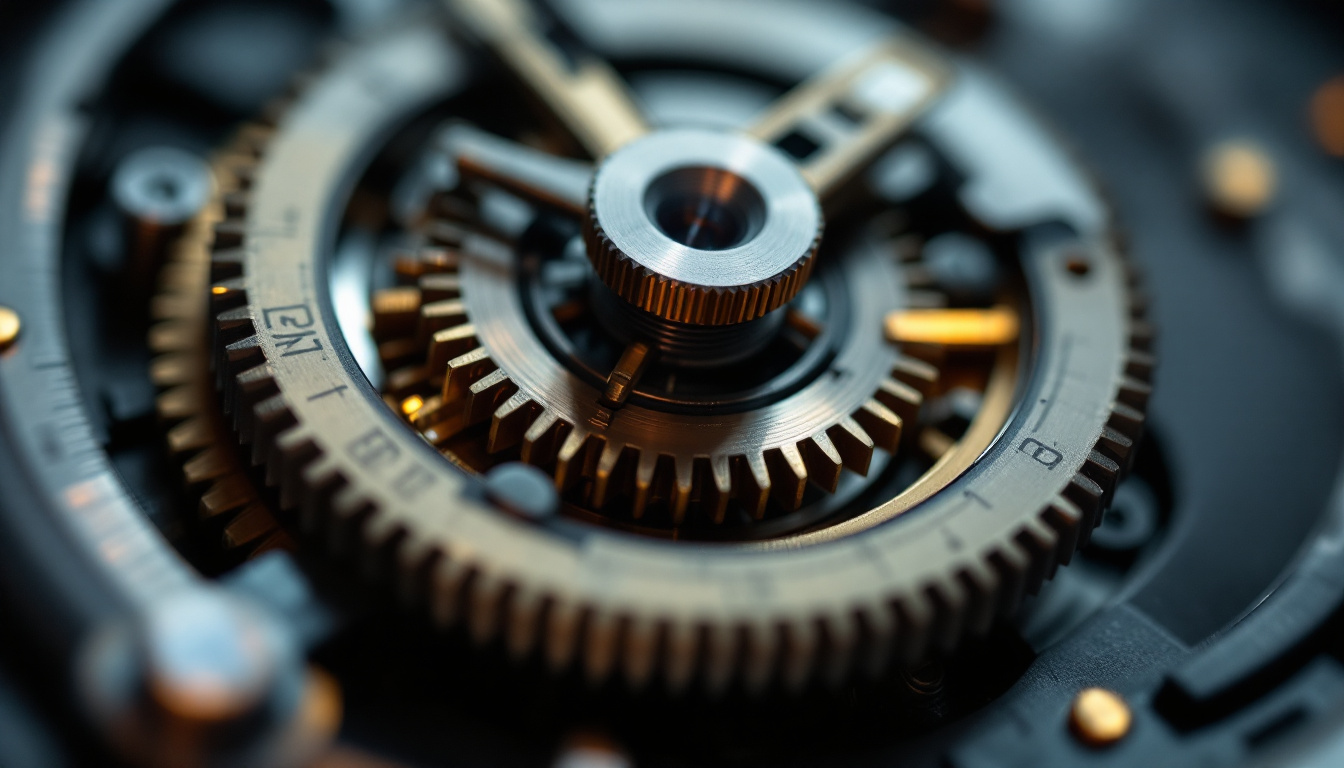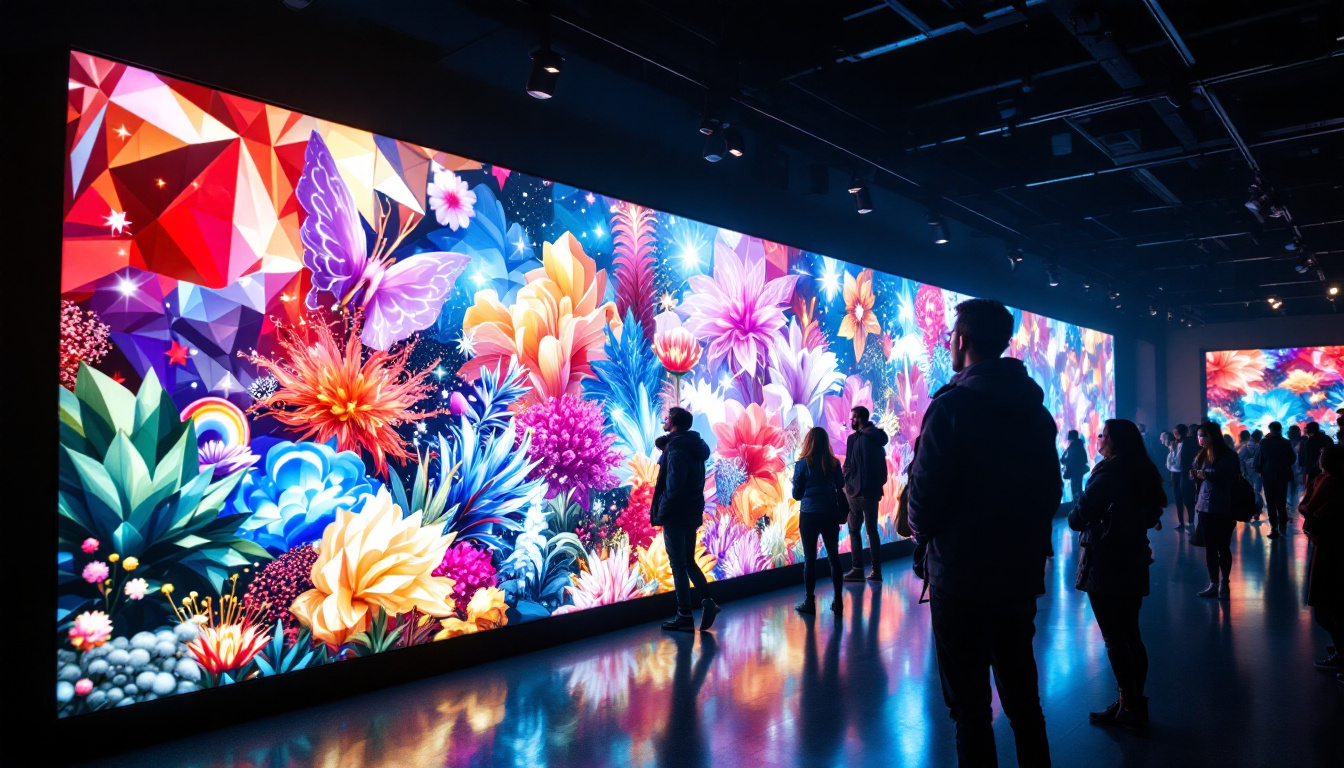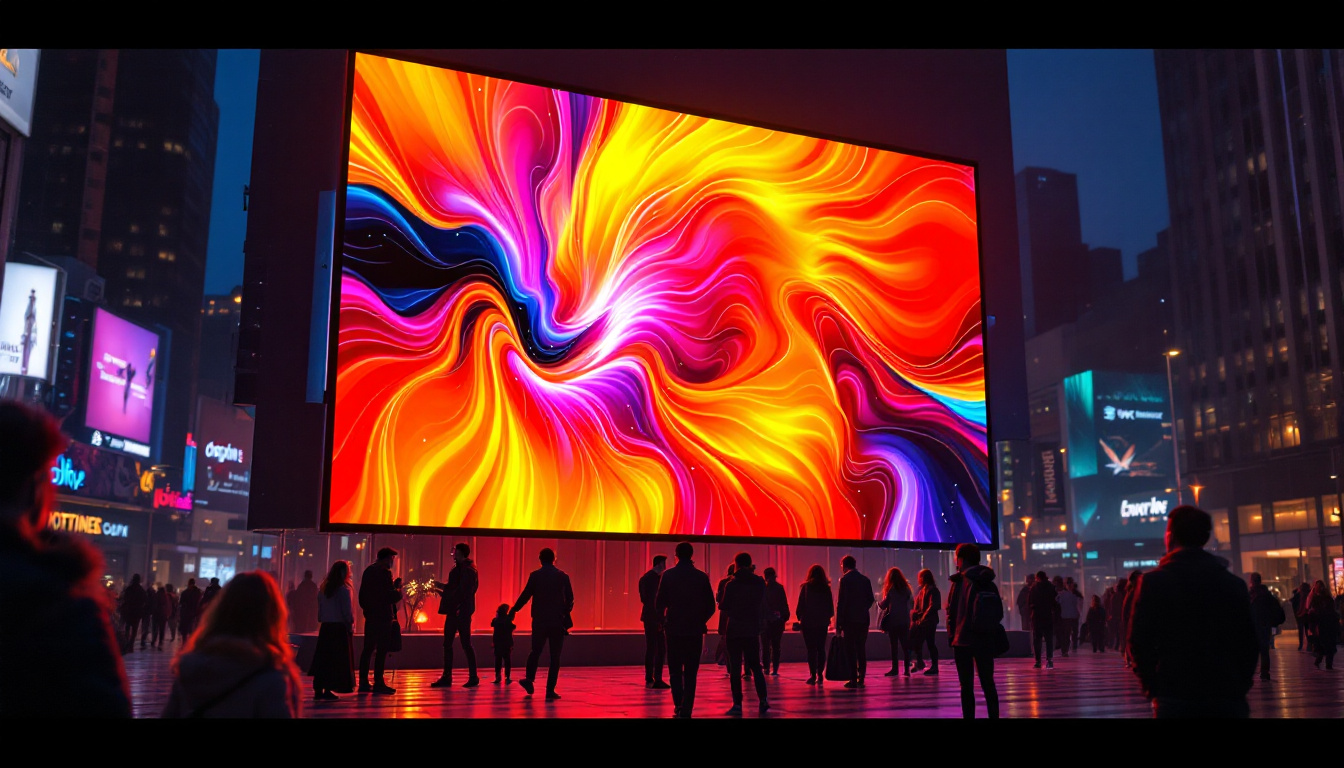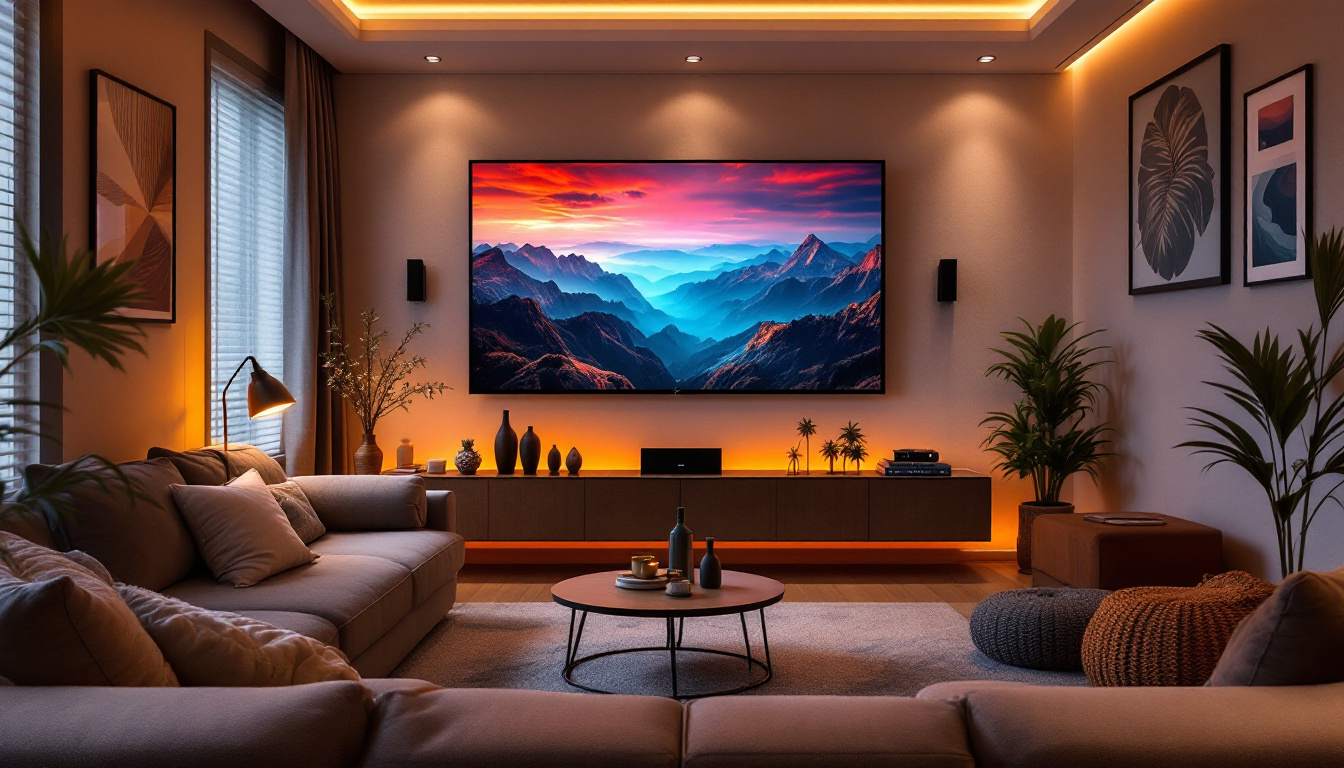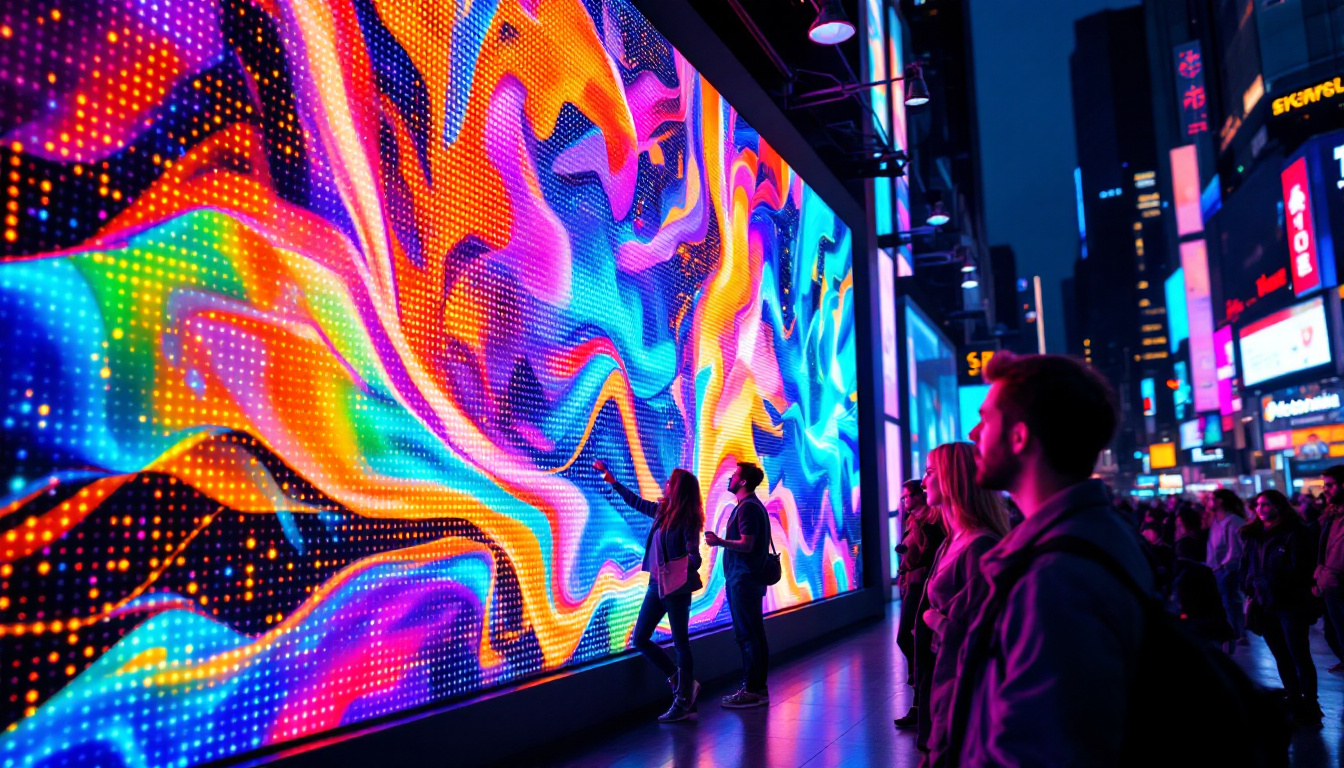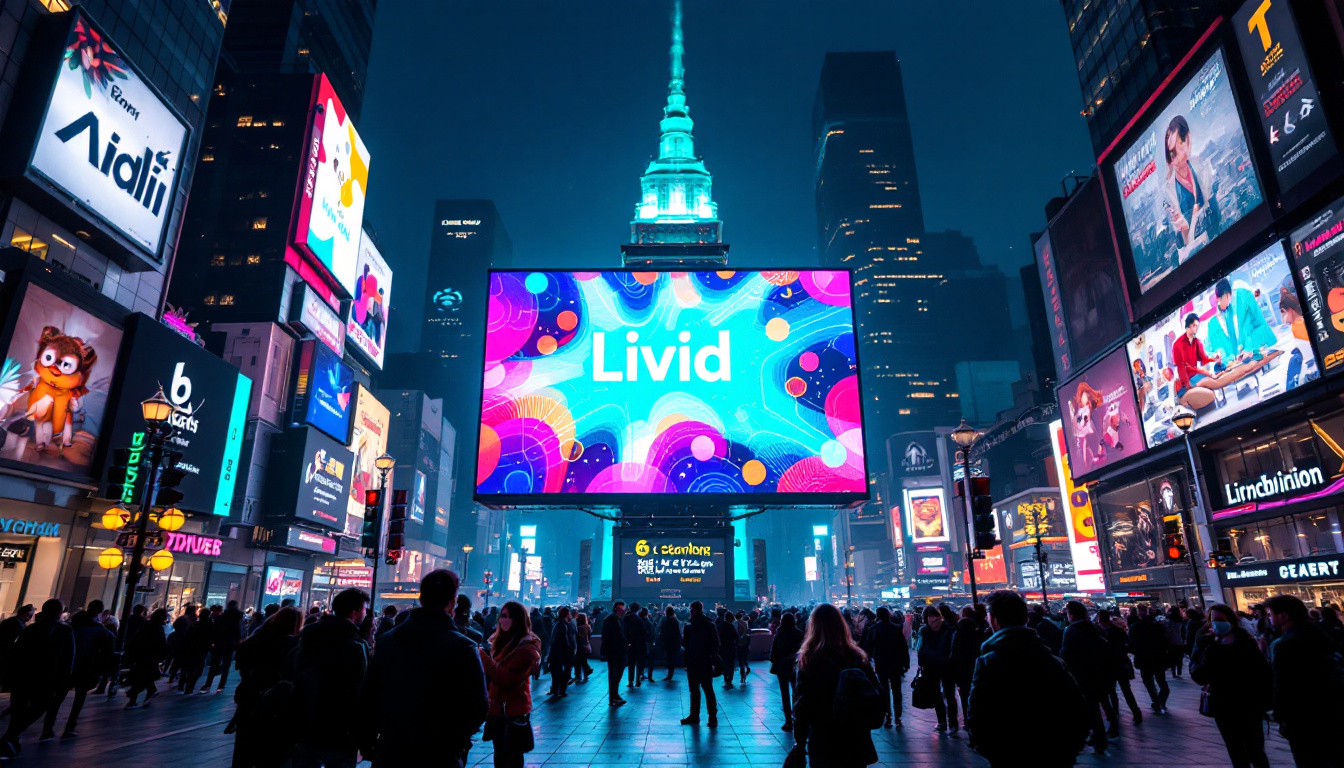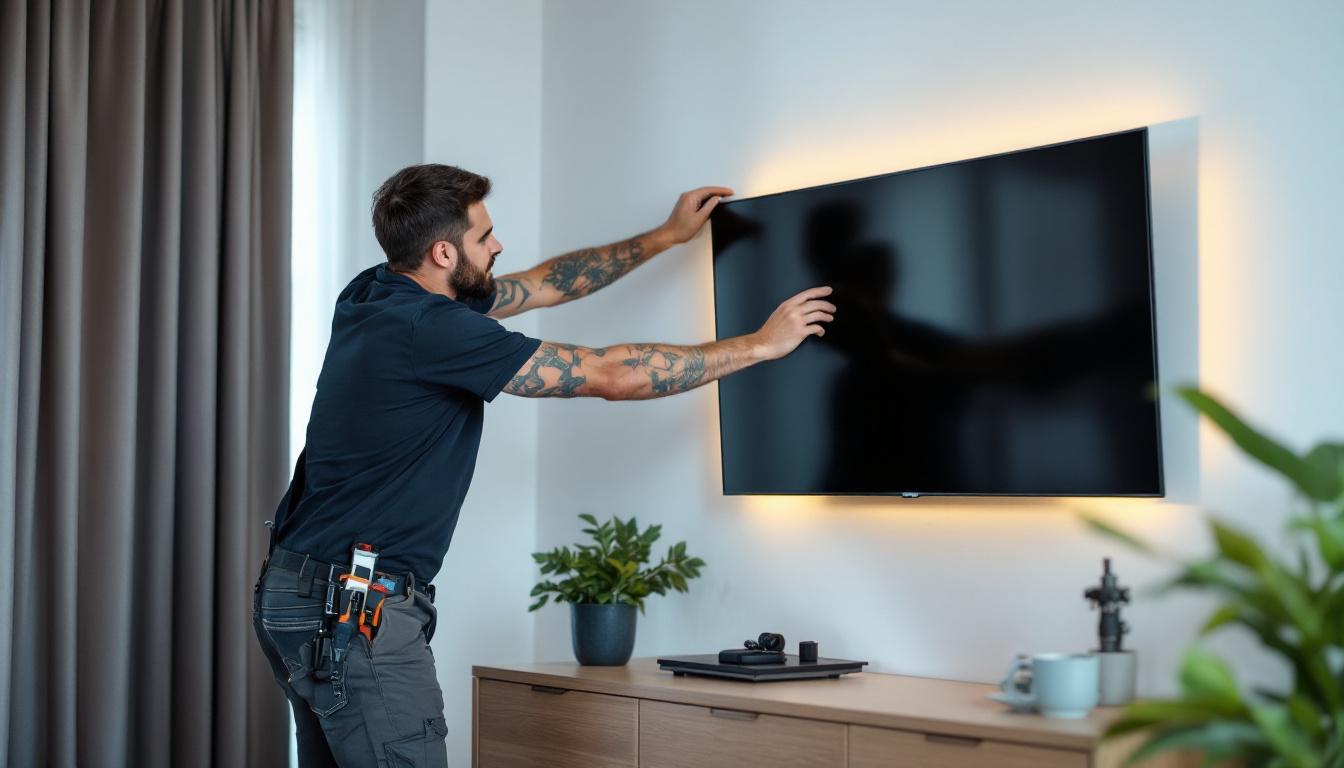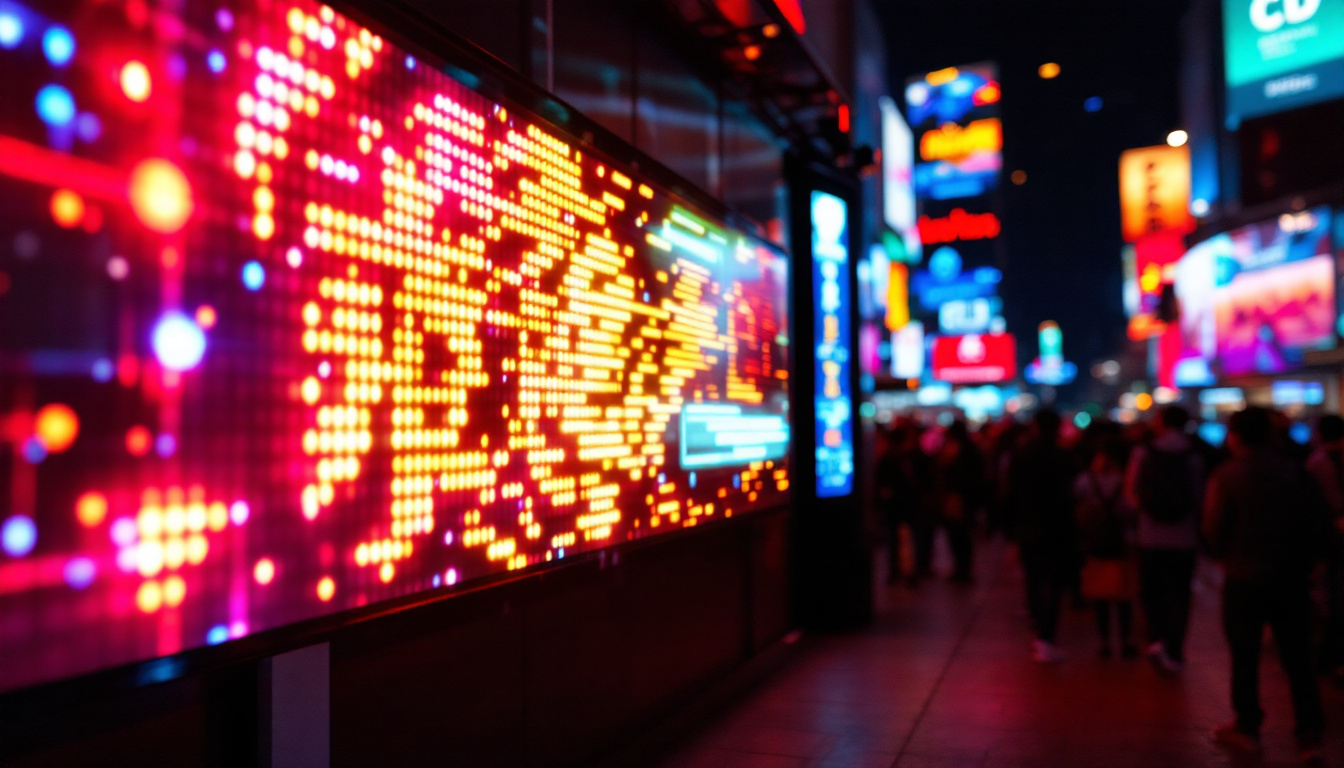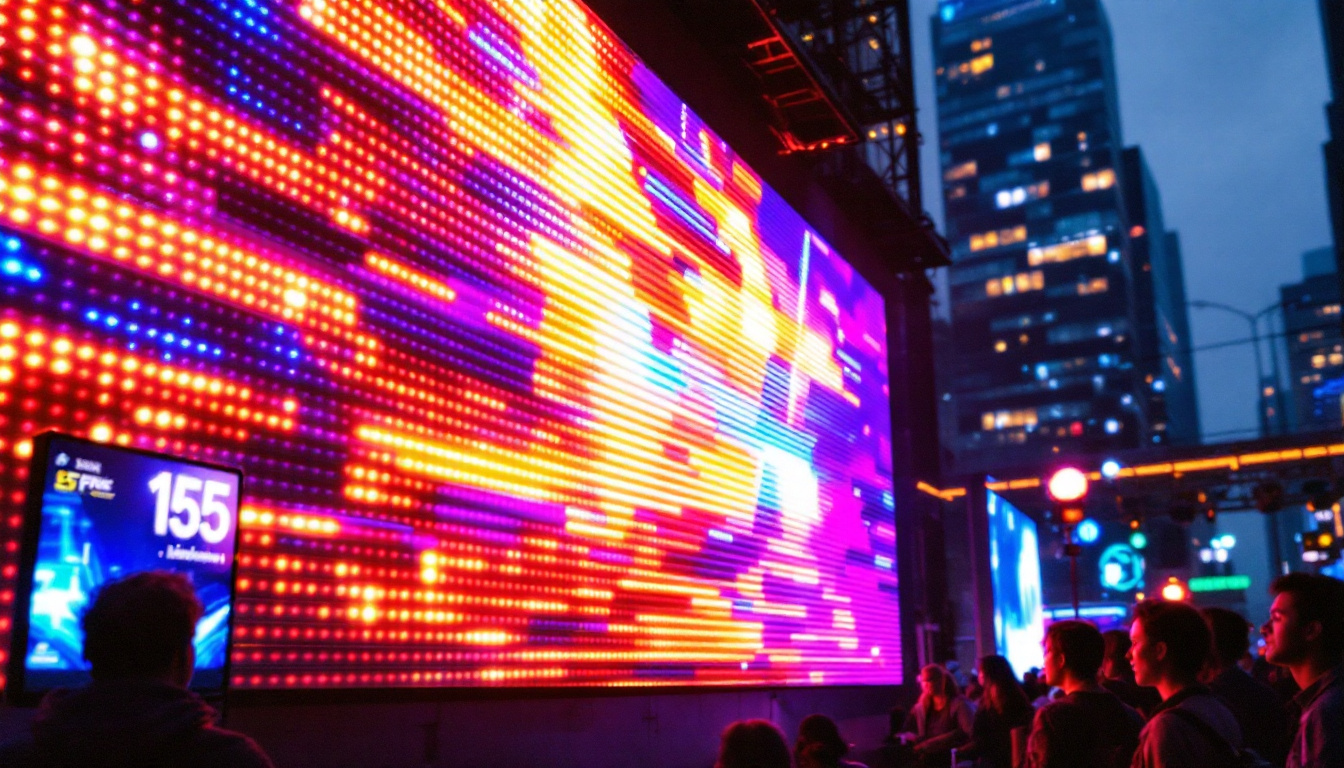In today’s world, outdoor spaces are increasingly becoming extensions of our homes and lifestyles. Whether it’s for relaxation, entertainment, or gardening, the need for privacy in these areas is paramount. One innovative solution that has gained traction is the outdoor privacy screen lattice, particularly those integrated with LED displays. This article delves into the concept of outdoor privacy screen lattices, their functionality, and the benefits of incorporating LED technology.
Understanding Outdoor Privacy Screen Lattices
Outdoor privacy screen lattices serve a dual purpose: they provide a visual barrier while enhancing the aesthetic appeal of outdoor spaces. These structures can be made from various materials, including wood, metal, and synthetic composites, offering versatility in design and functionality.
Design and Functionality
The primary function of a privacy screen lattice is to obstruct the view from neighboring properties or public spaces, allowing for a more intimate atmosphere. These screens can be designed in numerous patterns, from simple geometric shapes to intricate floral designs, catering to different tastes and styles. The choice of design can significantly influence the overall vibe of a space; for instance, a modern, angular lattice might suit a contemporary garden, while a more ornate, traditional design could complement a classic landscape.
In addition to their privacy features, lattice screens can also support climbing plants, creating a green, natural barrier that enhances the overall ambiance. This integration of nature with structural design not only beautifies the space but also contributes to improved air quality and biodiversity. Plants like jasmine or wisteria can add fragrant blooms and lush greenery, transforming a simple lattice into a vibrant living wall. Furthermore, these plants can provide additional shade and cooling effects, making outdoor areas more comfortable during hot summer months.
Materials Used
The choice of material for outdoor privacy screen lattices is crucial, as it affects durability, maintenance, and appearance. Wooden lattices offer a classic and warm feel but require regular maintenance to prevent rot and weathering. On the other hand, metal lattices provide a modern aesthetic and are generally more durable, though they may require protective coatings to prevent rust. Aluminum, for example, is a lightweight option that can withstand the elements without warping or fading, making it a popular choice for contemporary outdoor designs.
For those seeking low-maintenance options, synthetic materials such as PVC or composite wood are excellent choices. These materials mimic the appearance of natural wood while offering enhanced durability and resistance to the elements. Additionally, many synthetic lattices come in a variety of colors and finishes, allowing homeowners to customize their screens to match their existing outdoor decor. Some manufacturers even offer UV-resistant options that maintain their color and structural integrity over time, ensuring that your privacy screen remains a beautiful feature of your outdoor space for years to come.
Integrating LED Displays into Privacy Screens
The integration of LED displays into outdoor privacy screen lattices is a game-changer in the realm of outdoor design. This innovation not only enhances privacy but also adds a dynamic visual element to outdoor spaces. Imagine a serene backyard retreat where the privacy screens not only shield you from prying eyes but also come alive with color and movement, creating an atmosphere that can be tailored to suit any occasion or mood.
Benefits of LED Displays
LED displays offer numerous advantages when incorporated into privacy screens. Firstly, they provide a customizable canvas for artistic expression. Homeowners can display images, videos, or even messages, transforming a static screen into a vibrant focal point. This capability allows for seasonal decorations, personalized greetings for guests, or even interactive art installations, making outdoor spaces feel more inviting and engaging.
Moreover, LED screens can serve practical purposes, such as displaying weather updates, event schedules, or even advertisements for local businesses. This multifunctionality makes them an attractive option for commercial spaces, enhancing customer engagement while maintaining privacy. For instance, restaurants can showcase their daily specials or upcoming events, creating a lively atmosphere that draws in patrons while ensuring that outdoor diners enjoy their meals without feeling exposed to the hustle and bustle of the street.
Energy Efficiency and Sustainability
One of the most significant benefits of LED technology is its energy efficiency. Compared to traditional lighting options, LEDs consume significantly less power, making them an environmentally friendly choice. Additionally, many modern LED displays are designed to be solar-powered, further reducing their carbon footprint. This not only lowers energy costs for homeowners and businesses but also aligns with the growing demand for sustainable living practices.
By integrating sustainable practices into outdoor design, homeowners and businesses can contribute to a greener future while enjoying the benefits of modern technology. Furthermore, the longevity of LED displays means less frequent replacements, reducing waste and the need for new materials. As communities increasingly prioritize eco-friendly solutions, the combination of privacy screens and LED technology stands out as a forward-thinking approach that meets both aesthetic and environmental goals.
Installation Considerations
Installing an outdoor privacy screen lattice with LED displays requires careful planning and execution. Several factors should be considered to ensure a successful installation.
Site Assessment
Before installation, a thorough site assessment is essential. This includes evaluating the intended location for the lattice, considering factors such as sunlight exposure, wind patterns, and proximity to neighboring properties. Understanding these elements will help determine the optimal design and placement for both privacy and functionality.
Permits and Regulations
Depending on the location, installing an outdoor privacy screen lattice may require permits or adherence to local regulations. It is crucial to check with local authorities to ensure compliance with zoning laws and building codes. This step can prevent potential legal issues and ensure that the installation meets safety standards.
Maintenance and Care
Like any outdoor structure, privacy screen lattices with LED displays require regular maintenance to ensure longevity and optimal performance. The level of care needed will depend on the materials used and the local climate.
Cleaning and Upkeep
For wooden lattices, periodic staining or sealing is necessary to protect against moisture and UV damage. Metal lattices may require rust treatment and repainting to maintain their appearance and integrity. Synthetic materials typically need less maintenance, but regular cleaning is still essential to prevent dirt buildup.
LED displays also require maintenance, including regular cleaning of the screen surface to ensure visibility and performance. Additionally, checking the electrical components periodically can help identify any potential issues before they become significant problems.
Seasonal Preparations
Preparing outdoor privacy screens for seasonal changes is vital for their longevity. In colder climates, it may be necessary to secure or store the screens during harsh winter months to prevent damage from snow and ice. Conversely, in warmer climates, ensuring adequate ventilation and protection from intense sunlight can help preserve the integrity of the materials used.
Cost Considerations
When planning for an outdoor privacy screen lattice with an integrated LED display, budgeting is a crucial aspect. The overall cost can vary significantly based on several factors, including materials, size, and complexity of the design.
Material Costs
The choice of materials will greatly influence the overall budget. Wooden lattices tend to be more affordable upfront but may incur higher long-term maintenance costs. Metal and synthetic options may have higher initial costs but can offer better durability and lower maintenance expenses over time.
Installation Costs
Hiring professionals for installation can add to the overall expense. However, this investment often pays off in terms of quality and longevity. DIY installation is an option for those with the necessary skills, but it is essential to consider the potential risks and challenges involved.
Enhancing Outdoor Spaces with Privacy Screens
Outdoor privacy screen lattices with LED displays can significantly enhance the functionality and aesthetics of outdoor spaces. They provide a unique blend of privacy, beauty, and technology, making them ideal for various applications.
Residential Applications
In residential settings, these screens can create serene retreats in backyards, patios, or gardens. Homeowners can enjoy their outdoor spaces without the worry of prying eyes, all while showcasing their personal style through customizable LED displays.
Commercial Uses
For businesses, outdoor privacy screens can create inviting atmospheres for customers while promoting brand visibility through LED displays. Restaurants, cafes, and retail spaces can benefit from this innovative solution, enhancing customer experience while maintaining privacy.
Future Trends in Outdoor Privacy Screens
The evolution of outdoor privacy screens is ongoing, with new trends emerging as technology advances. Future developments may include smarter integration with home automation systems, allowing for remote control of LED displays and enhanced functionality.
Smart Technology Integration
As smart home technology continues to grow, the integration of outdoor privacy screens with home automation systems is becoming more feasible. This could allow homeowners to control lighting, display content, and even adjust the positioning of the screens from their smartphones or tablets.
Innovative Designs
Future designs may also incorporate advanced materials and construction techniques, leading to more durable and visually appealing options. Innovations in LED technology could result in even more energy-efficient displays with enhanced brightness and clarity, making outdoor spaces more enjoyable.
Conclusion
Outdoor privacy screen lattices with integrated LED displays represent a significant advancement in outdoor design. They offer a unique solution for privacy while enhancing the aesthetic appeal and functionality of outdoor spaces. As technology continues to evolve, these structures will likely become even more versatile and sustainable, providing homeowners and businesses with innovative ways to enjoy their outdoor environments.
Investing in an outdoor privacy screen lattice not only enhances personal privacy but also contributes to a more beautiful and functional outdoor space. With careful planning, quality materials, and regular maintenance, these structures can provide lasting benefits for years to come.
Discover LumenMatrix’s Innovative LED Display Solutions
Ready to elevate your outdoor space with the latest in LED display technology? LumenMatrix offers a wide range of cutting-edge LED display solutions that are perfect for enhancing your outdoor privacy screens. From vibrant Outdoor LED Wall Displays to Custom LED Displays tailored to your unique space, our products are designed to create immersive visual experiences that captivate and engage. Embrace the future of outdoor design and check out LumenMatrix LED Display Solutions today to bring your vision to life with clarity and impact.


